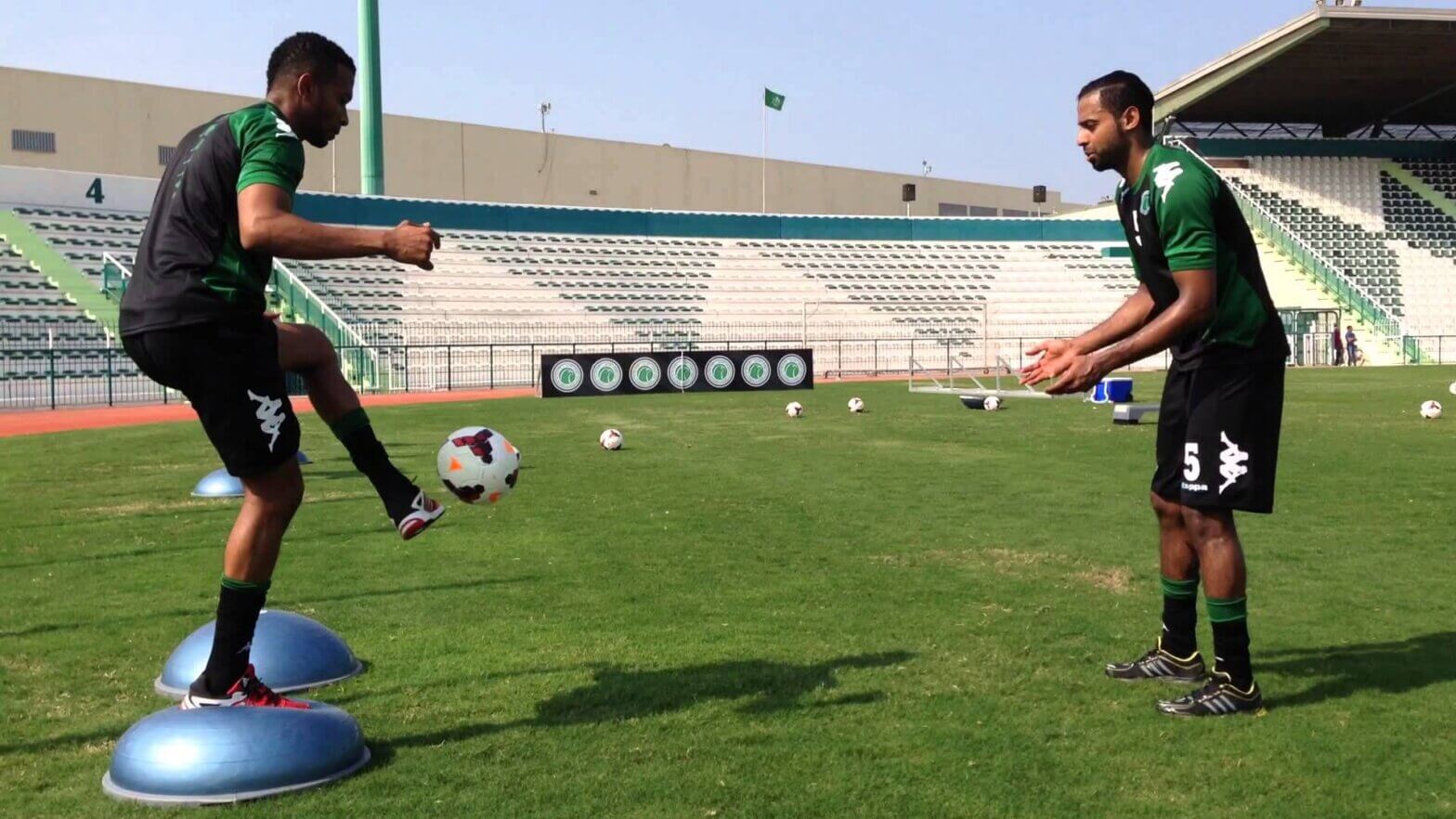Hamstring injuries are some of the most common injuries among athletes, especially those in sports that involve sprinting or sudden starting/stopping of movements. Unfortunately, a sprained or torn hamstring muscle can force an athlete to stop participating in their sport for weeks, or even months at a time. Hamstring injuries occur when the muscles are overloaded with excessive force or stretched beyond their limit. This can be caused by a number of factors, including weak hamstrings, tight hip flexors and quads, weak glutes, or an imbalance in strength between the hamstrings and quadriceps. Given how limiting hamstring injuries can be, it is important to be able to identify personal risk factors and address them to lower your risk of injury. Learn more about hamstring injuries and preventative steps you can take to decrease your chance of sustaining one by reading below!
What are the Hamstrings?
The hamstrings are actually not one big muscle, but a collection of three muscles that run along the back side of the thigh. The muscles that make up the hamstrings are the semitendinosus, semimembranosus, and biceps femoris. They extend from your sit bone (ischial tuberosity) all the way past the knee and into the upper part of the lower leg. The hamstrings are responsible for bending/flexing the knee and extending the hip to bring your leg back behind you.
Hamstring injuries, like other muscle injuries, are graded by their severity.
- Grade 1: Mild strain with little to no tearing of the muscle. The muscle will feel tight or like it is cramping, and it may be difficult to move or put weight on the leg.
- Grade 2: Partial tear of the muscle. This moderate-level sprain will cause a person to walk with a limp, experience pain when moving the knee, and have an overall decrease in strength.
- Grade 3: Complete tear of the muscle. The most severe type of hamstring injury causes sharp pain that makes walking extremely painful, and may present with severe bruising or even a lump at the back of the thigh.
How Do I Prevent Hamstring Injuries?
Although common, hamstring injuries are preventable. Begin incorporating the tips below into your training program to reduce your likelihood of injury:
- Never jump directly into a full intensity workout, practice, or game; always be sure that you warm-up beforehand with stretching and active lighter exercises
- Strengthen the hamstrings with exercises like hamstring curls, deadlifts, and glute bridges
- Stretch the hamstrings (if they are tight) and stretch surrounding muscles as well, especially the hip flexors and quadriceps
- Start new activities gradually to allow your body to adjust to the frequency and intensity of what you are doing
- Allow yourself adequate rest between session, practices, or games
What If I’ve Already Injured My Hamstring?
If you believe that you have already sustained an injury to the hamstring muscle group, there are conservative treatment options for you to consider. Limiting activities and adhering to the RICE protocol (rest, ice, compression, elevation) are great first steps to take to reduce pain and swelling in the early stages of injury. Once the initial pain and swelling have improved, physical therapy is an effective treatment option that will help treat the underlying causes of your injury and prevent re-injury. A physical therapist can create a personalized plan of care to get you back into playing condition which may include manual (hands-on) therapy, stretching and strengthening exercises, sport-specific training, and therapeutic modalities for pain management.
If you are looking to address impairments that may put you at increased risk for a hamstring injury or are currently recovering from a hamstring injury, call Respire Physical Therapy at (703) 671-1871 or click here to schedule an evaluation today!
Tags: hamstring, physical health, hamstringstrain, choosept, arlingtonva, alexandriava, springfieldva, sport injury, fallschurchva, Respire Physical Therapy, ptworks, physical therapist, fairfaxva, health and wellness, annandaleva, PhysicalTherapy



